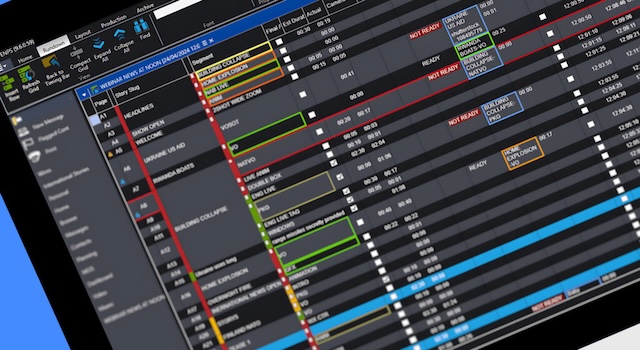Accounting
Artificial Intelligence
How AI & Machine Learning Are Revolutionizing AP/AR Automation in 2026

Modern businesses are transforming how they manage cash flow, invoices, and payments — and AI-powered AP/AR automation is leading the charge. From predicting late payments to detecting fraud in real time, artificial intelligence (AI) and machine learning (ML) are reshaping finance departments across every industry.
What Is AI-Driven AP/AR Automation?
Accounts Payable (AP) and Accounts Receivable (AR) automation involves using software to manage invoices, payments, and collections. With AI and ML capabilities, these systems go beyond basic automation — they learn from financial data patterns, detect anomalies, and make intelligent recommendations to optimize working capital.
AI-driven automation eliminates repetitive data entry, matches invoices automatically, and predicts payment delays before they happen. For finance teams, this means fewer errors, faster processing, and greater visibility into real-time cash positions.
Key Benefits of AI in AP/AR Software
1. Faster Invoice Processing: Machine learning models can extract, validate, and process invoice data automatically — even from unstructured formats like PDFs or scanned images. Businesses can cut invoice cycle times by up to 80%, improving vendor relationships and payment accuracy.
2. Fraud Detection & Risk Management: AI tools analyze payment histories and vendor behavior to flag unusual transactions, duplicate invoices, or suspicious payment requests. Predictive models help detect fraud before funds are released, protecting businesses from costly errors.
3. Predictive Cash Flow Insights: AI-based analytics forecast when customers are likely to pay and identify which vendors might delay processing. Finance teams can proactively manage liquidity and make smarter decisions about short-term investments or borrowing.
4. Intelligent Collections & Reminders: Machine learning algorithms segment customers based on payment habits, then trigger personalized reminders and escalation workflows. This leads to higher collection rates and lower days sales outstanding (DSO).
How Machine Learning Enhances Accuracy
Unlike rule-based automation, machine learning adapts over time. The more invoices, payments, and collection events it processes, the better it gets at predicting outcomes and identifying outliers.
- Recognize vendor-specific invoice formats automatically
- Learn which payment terms lead to early payments
- Recommend optimal discount structures
- Identify root causes of delayed collections
This self-learning capability allows finance teams to continuously improve accuracy without manual reconfiguration.
Real-World Use Cases
Manufacturing Companies: Automatically reconcile purchase orders and invoices from multiple suppliers, reducing bottlenecks and mismatched payments.
Retail Businesses: Use AI-powered cash flow forecasting to predict peak periods of outgoing payments and incoming receipts.
Service Providers: Deploy AI chatbots for automated AR reminders, allowing staff to focus on high-value clients.
Integrating AI Into Your Finance Stack
To harness the benefits of AI-driven AP/AR software:
- Choose platforms with native AI/ML capabilities (e.g., invoice capture, anomaly detection, cash forecasting).
- Integrate with your ERP or accounting system for real-time data syncing.
- Train the system by feeding it historical data — accuracy improves over time.
- Monitor and refine models to ensure predictions align with business goals.
Popular tools in this space include Tipalti, Stampli, HighRadius, Yooz, and AvidXchange, which combine automation with predictive analytics and AI-powered workflows.
The Future: Autonomous Finance
By 2026, AI-driven AP/AR platforms will evolve toward autonomous finance operations, where software can make decisions — such as approving low-risk invoices or adjusting credit limits — with minimal human intervention.
- 50–70% reduction in manual processing time
- 30% improvement in cash forecasting accuracy
- Significant reduction in compliance and audit risks
Final Thoughts
AI and machine learning are no longer optional for finance automation — they’re essential for staying competitive. As finance departments move from manual oversight to predictive, self-learning systems, the companies that invest now will lead the next era of intelligent cash flow management.

